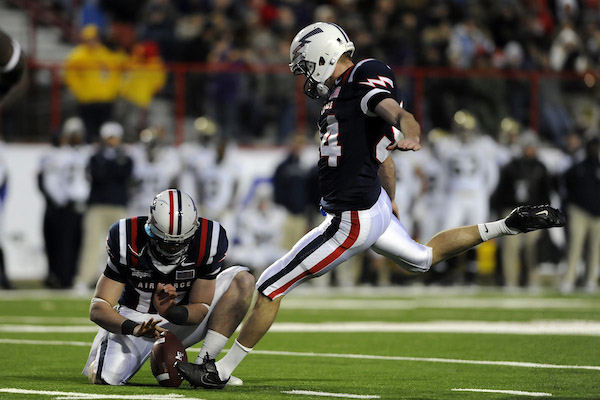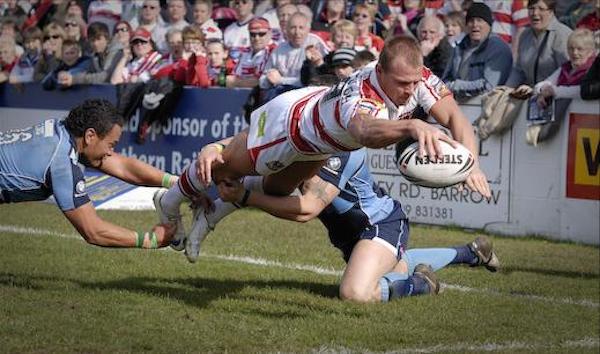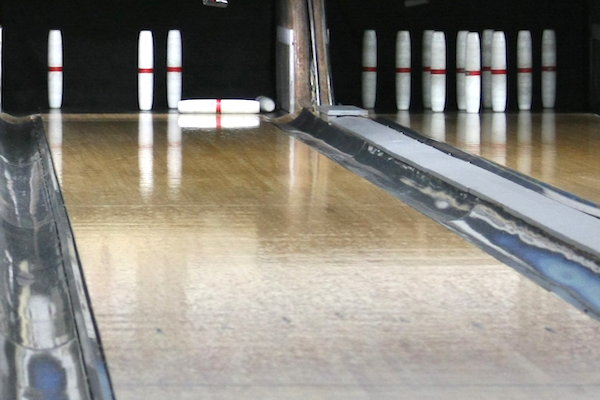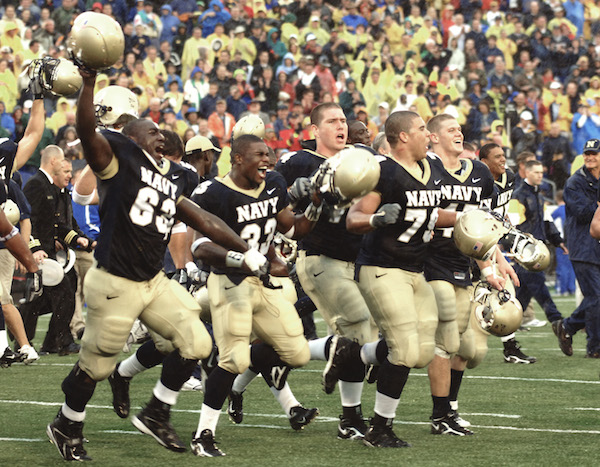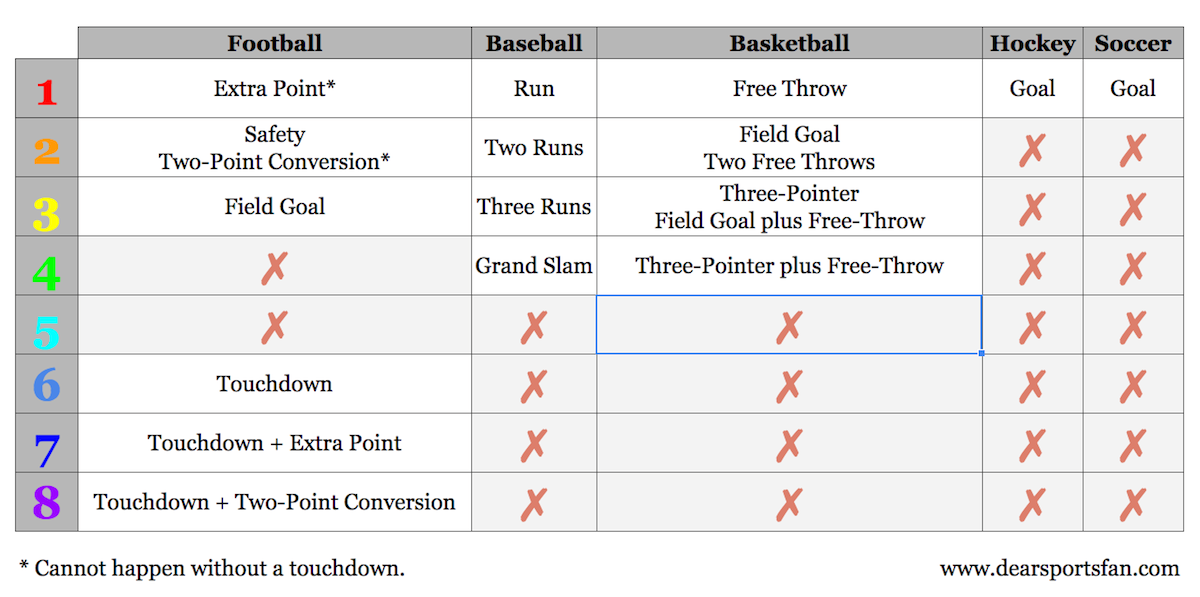Dear Sports Fan,
Here’s something I’ve been wondering about. When I watch a football game, I often hear the announcer talk about a team being “in field goal range.” Sometimes they even superimpose a colored line on the field to show how close a team is to being in field goal range. When they talk about the distance of a field goal though, it doesn’t directly correspond to the yard market the team is on, which is very confusing. What is field goal range? How is field goal distance measured?
Thanks,
Ron
Dear Ron,
As a sport and a culture, football sits at the intersection between precision and chaos. There’s no sport whose plays are more carefully and complexly designed and there’s few sports whose action can become as chaotic, as quickly. Football culture glorifies precision even while success and failure often come down to luck. Field goal distance and field goal range are both measurements which seem very exact but are actually quite wishy-washy. Field goal distance purports to be a measurement of the distance between where a field goal is kicked and the goal posts the kicker is aiming at. It is expressed as a number of yards. Field goal range is a similar measurement but is hypothetical. It is the distance from goal that a team believes it can score a field goal from with a reasonable chance of success. In this post, we’ll break both of these measurements down and see how inexact they actually are.
For both of these measurements, the number quoted will not match up to the yard marker on the field. The NFL moved the uprights from where they had been, on the goal line (as one might expect from the name!) in 1974 to the back of the end zone. The end zone is ten yards deep. So, a field goal kicked from the 20 yard line is actually called a 30 yard field goal because it must travel that extra distance through the end zone. A team cannot kick a 30 yard field goal from a play that starts on the 20 yard line. In order to have time and space to kick the ball over a horde of defenders intent on blocking it, teams snap the ball backwards about seven yards before setting the ball up to be kicked. Add these seven yards to the 10 yards from the end zone and you get 17 yards, the standard figure which people talking about football add to the yard marker of the start of a play in order to get the field goal distance. So, a 30 yard field goal must be taken from the 13 yard line. A field goal kicked from a play starting on the 20 yard line is actually a 37 yard kick.
Field goal distance seems like it should therefore be an exact measurement. Add seventeen yards to where the play starts and BOOM! you’ve got an exact distance. Two considerations stop this from being true. First, there may be some variation from kicker to kicker and team to team about how far back from the line of scrimmage a kick should be set up. It’s hard for me to believe that all 32 kickers in the NFL and 200+ kickers in college all like to kick from exactly the same spot relative to the line of scrimmage. I’ve never heard an announcer take the preference of a kicker into account when calculating a field goal distance, but perhaps they should. The second is much more meaningful. Football fields are not one-dimensional! Depending on where you are side to side on the field, a field goal may need to be struck at an angle or straight on. A play in football can start from one of three places horizontally, the center, or either of the two hash mark lines that run up and down the field to the right and left of center. Kicks from the center of the field are shorter than those from the sides. This effect is magnified in college football where the hash marks are much farther apart than in the NFL. Field goal distance does not take either of these factors into account. It’s a slightly fuzzy measurement masquerading as an exact one.
Field goal range is even fuzzier. It’s an estimate of the field goal distance a kicker has a reasonable chance of success and scoring from. A kicker with a very strong leg may have a field goal range of around 50 yards. Anything over that and the chance of scoring falls to below 60%. Estimates are great! There’s nothing wrong with estimates. But football, or at least football TV announcers, in an obsession with precision simultaneously treat this estimate as if it’s an exact number and leave out an important factor. The factor they leave out is the 60% in our example. Announcers talk about field goal range as if it’s the distance from which a kicker will be able to score. It’s not! There’s no distance from which you can absolutely guarantee a kicker will score. It’s important to know what percent chance field goal range applies to. Or maybe we should talk about it as several ranges — 50-55 yards is a long-shot, 10-20% chance of scoring, 45-50 gives a 40% chance of scoring, and so on. Meanwhile, television executives treat a range like a number and superimposes a line across the field to show how far a team needs to advance the ball to be “in field goal range.” A better graphic would surely be a gradient to show the increasing chance of scoring as the team moves forward, wouldn’t it?
I guess that turned into a rant on top of a definition! Thanks for reading,
Ezra Fischer

